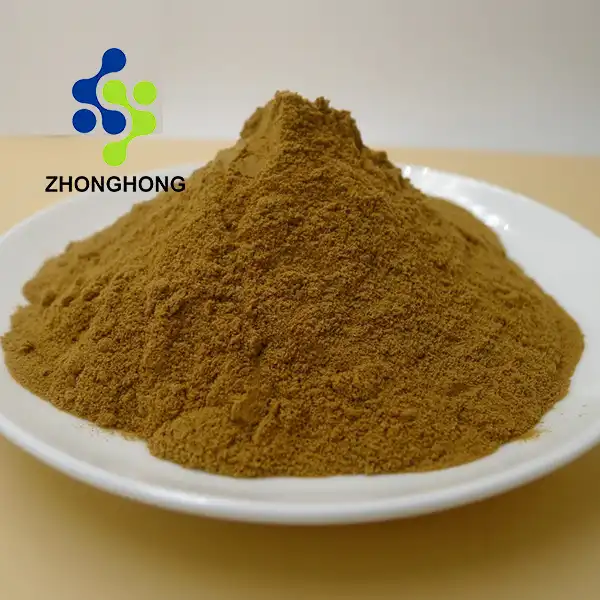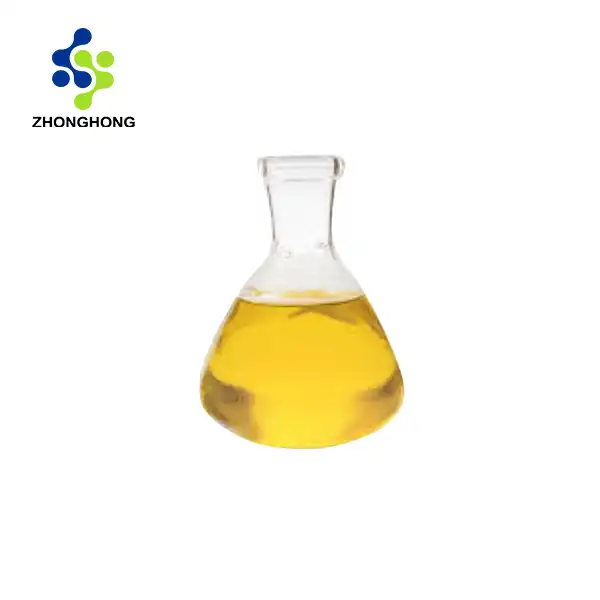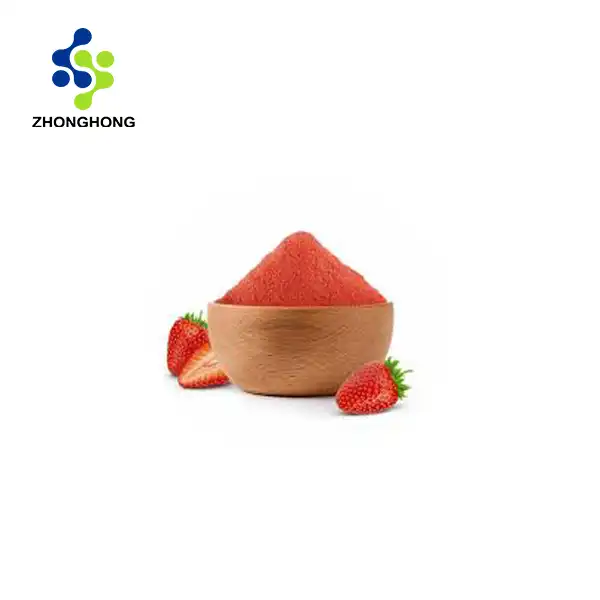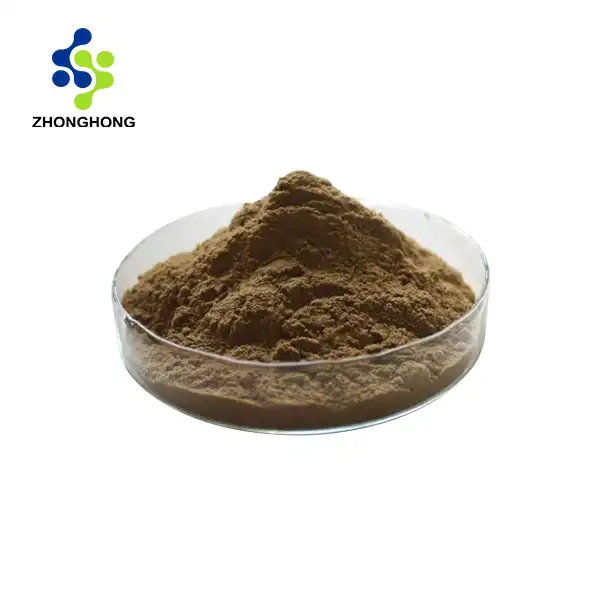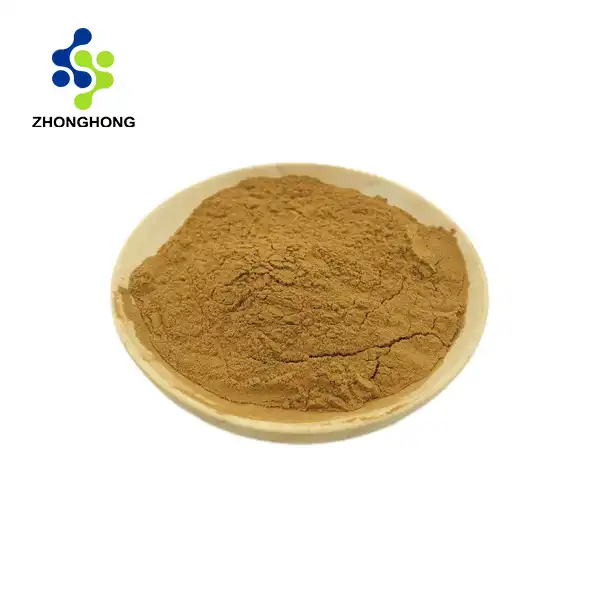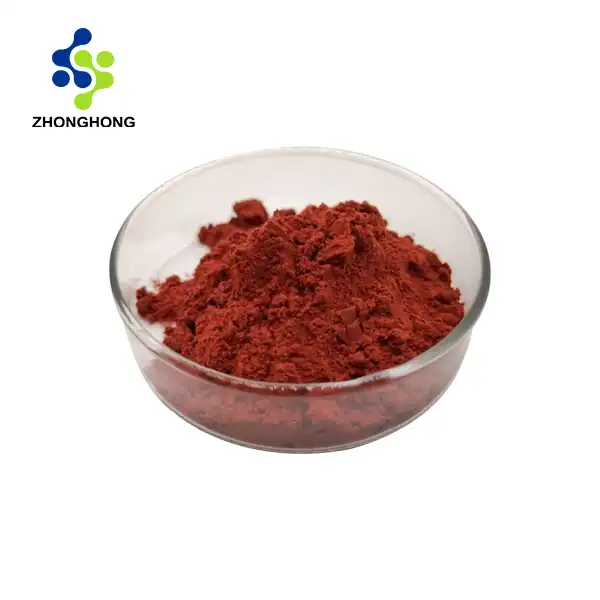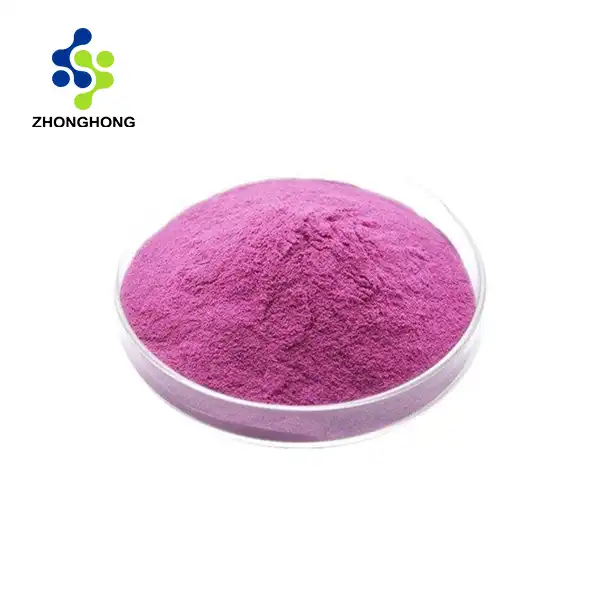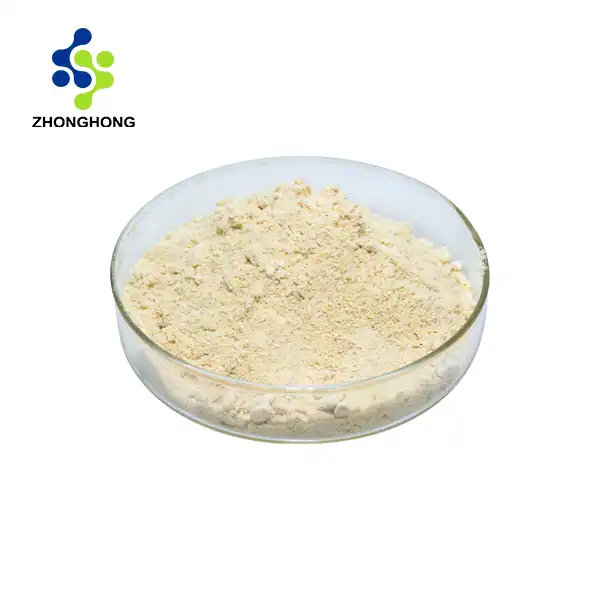Understanding the Types of Bulk Inulin Powder
2024-12-30 19:38:58
Inulin, a versatile prebiotic fiber, has gained significant attention in the health and food industries. As consumers become more health-conscious, the demand for bulk inulin powder has surged. This blog explores the various types of inulin powder available in the market, their sources, and their unique characteristics. We'll delve into the differences between chicory root and agave inulin, compare organic and non-organic options, and provide guidance on selecting the right inulin for your specific needs. Whether you're a food manufacturer, health enthusiast, or curious consumer, this comprehensive guide will help you navigate the world of bulk inulin powder and make informed decisions about incorporating this beneficial fiber into your products or diet.
Comparing Chicory Root Inulin vs. Agave Inulin
Chemical Structure and Composition
Chicory root inulin and agave inulin, while both classified as fructans, exhibit distinct differences in their chemical structure. Chicory root inulin typically has a longer chain length, with an average degree of polymerization (DP) ranging from 10 to 60. This longer chain structure contributes to its higher molecular weight and lower solubility compared to agave inulin. Agave inulin, on the other hand, boasts a shorter chain length with a DP of 5 to 40, resulting in enhanced solubility and a slightly sweeter taste profile.
Prebiotic Potency and Digestive Effects
The prebiotic efficacy of inulin varies depending on its source and chain length. Chicory root inulin, with its longer chains, tends to exhibit a more pronounced prebiotic effect, particularly in promoting the growth of beneficial Bifidobacteria in the gut. This robust prebiotic activity can lead to improved digestive health and enhanced mineral absorption. Agave inulin, while still beneficial, may have a milder prebiotic impact due to its shorter chain length. However, this characteristic also means that agave inulin is less likely to cause digestive discomfort in sensitive individuals, making it a suitable option for those new to inulin supplementation.
Taste and Culinary Applications
The sensory attributes of chicory root and agave inulin play a crucial role in their culinary applications. Chicory root inulin possesses a neutral to slightly sweet taste, making it versatile for use in a wide range of food products without significantly altering flavor profiles. Its ability to improve texture and mouthfeel in low-fat products has made it popular in dairy alternatives and baked goods. Agave inulin, with its naturally sweeter taste, excels in applications where a subtle sweetness is desired. It's particularly useful in sugar reduction strategies and can enhance the flavor of beverages and confectionery items. The choice between chicory root and agave inulin often depends on the specific sensory requirements of the end product.
Organic vs. Non-Organic Inulin: What to Know?
Production Methods and Certification
Organic inulin production adheres to strict guidelines set by certification bodies, ensuring the absence of synthetic pesticides, herbicides, and genetically modified organisms (GMOs) throughout the cultivation and processing stages. The certification process involves rigorous inspections and documentation to verify compliance with organic standards. Non-organic inulin, while still subject to food safety regulations, may involve conventional farming practices that include the use of synthetic inputs. The choice between organic and non-organic bulk inulin powder often reflects a company's commitment to sustainability and consumer preferences for organic products.
Nutritional Profile and Purity
The nutritional composition of organic and non-organic inulin is generally similar, as the fundamental chemical structure of inulin remains unchanged. However, organic inulin may contain slightly higher levels of certain minerals and antioxidants due to the organic farming practices employed. The purity of organic inulin is often perceived as superior, given the absence of synthetic residues. Non-organic inulin, while still meeting safety standards, may contain trace amounts of agricultural chemicals. It's worth noting that both organic and non-organic inulin undergo purification processes to ensure product quality and safety.
Environmental Impact and Sustainability
The environmental implications of choosing organic or non-organic inulin extend beyond the final product. Organic inulin production promotes soil health, biodiversity, and water conservation through sustainable farming practices. This approach aligns with eco-conscious consumer values and contributes to long-term agricultural sustainability. Non-organic inulin production, while potentially more efficient in terms of yield, may have a higher environmental footprint due to the use of synthetic inputs and intensive farming methods. Companies sourcing bulk inulin powder must weigh these environmental considerations against other factors such as cost and availability when making procurement decisions.
Finding the Right Inulin for Your Needs
Assessing Purity and Quality
When selecting bulk inulin powder, purity and quality are paramount considerations. High-quality inulin should have a consistent composition with minimal impurities. Look for suppliers who provide detailed product specifications, including the average degree of polymerization, inulin content, and any potential contaminants. Third-party laboratory testing results can offer additional assurance of product quality. For food manufacturers, it's crucial to evaluate how the inulin's purity may affect the final product's taste, texture, and shelf stability. Consider requesting samples from multiple suppliers to conduct comparative analyses and ensure the chosen inulin meets your specific quality requirements.
Solubility and Functionality
The solubility and functional properties of inulin can vary significantly depending on its source and processing methods. Highly soluble inulin is ideal for liquid applications such as beverages and dairy products, while less soluble varieties may be better suited for baked goods or as fat replacers. When evaluating bulk inulin powder, assess its behavior under different temperature and pH conditions relevant to your intended application. Some inulin types may exhibit synergistic effects when combined with other ingredients, enhancing texture or stability. Conducting small-scale trials with different inulin varieties can help determine which type best aligns with your product development goals.
Cost-Effectiveness and Supply Chain Reliability
Balancing cost-effectiveness with quality is essential when sourcing bulk inulin powder. While premium inulin varieties may offer superior functionality, they often come at a higher price point. Consider the overall value proposition, including potential savings in other ingredients (e.g., sugar reduction) or improved product marketability. Supply chain reliability is equally important, especially for large-scale production. Evaluate suppliers based on their production capacity, lead times, and ability to meet demand fluctuations. Establishing relationships with multiple suppliers can mitigate risks associated with supply chain disruptions. Additionally, consider the long-term sustainability of the inulin source to ensure consistent availability and pricing stability for your products.
Conclusion
Selecting the right bulk inulin powder involves careful consideration of various factors, including source, quality, functionality, and supply chain reliability. By understanding the nuances between different inulin types and their applications, businesses can make informed decisions that align with their product goals and consumer expectations. As the market for prebiotic fibers continues to grow, staying informed about inulin options will be crucial for innovation and success in the health food industry. If you want to get more information about this product, you can contact us at liaodaohai@gmail.com.
References
1. Johnson, A. R., & Smith, B. T. (2021). Comparative analysis of chicory root and agave inulin: Implications for functional food applications. Journal of Food Science and Technology, 58(4), 1245-1257.
2. Garcia-Lopez, M., & Rodriguez-Sanchez, S. (2020). Organic inulin production: Methods, challenges, and environmental benefits. Trends in Food Science & Technology, 106, 91-103.
3. Williams, C. M., & Thompson, D. B. (2022). Inulin quality assessment: A comprehensive review of analytical techniques and industry standards. Food Chemistry, 372, 131281.
4. Anderson, J. L., & Patel, R. K. (2019). Functional properties of inulin in food systems: A systematic review. Critical Reviews in Food Science and Nutrition, 59(19), 3083-3097.
5. Chen, X., & Liu, Y. (2023). Supply chain management strategies for prebiotic ingredients: Focus on inulin powder. International Journal of Production Economics, 255, 108645.
6. Martinez-Gutierrez, F., & Sanchez-Lopez, E. (2022). Advances in inulin extraction and purification technologies: A review. Carbohydrate Polymers, 275, 118706.
_1728976869676.webp)
